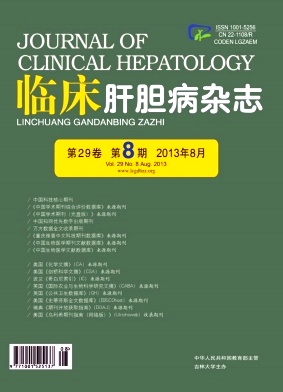Objective To investigate the efficacy of nucleoside analogue-based salvage therapy in patients with chronic hepatitis B (CHB) with multidrug resistance (MDR). Methods Twenty-seven CHB patients with MDR were divided into three equal groups for receipt of salvage therapy with: tenofovir (TDF) plus entecavir (ETV); TDF alone; or adefovir (ADV) plus ETV. Liver and kidney Over 24 weeks of treatment, the serum markers of liver and kidney function were assessed by enzymatic biochemistry analysis and the expression of hepatitis B virus (HBV) was assessed by quantitative real-time PCR and direct sequencing. The significance of intergroup differences was assessed by Chi-squared test. Results At week 4 of treatment, all patients (9/9) in the TDF+ETV group had levels of serum liver markers and HBV DNA below the detection limit. In contrast, the four weeks of treatment with TDF alone led to normalization of serum liver markers in all (9/9) of patients but reduction of HBV DNA below the detection limit in only two-third (6/9) of the patients. The HBV DNA level was reduced below the detection limit in the remaining three patients at 12 weeks of treatment. The group treated with ADV+ETV showed no response to treatment, even out to 24 weeks (χ2=535-640, P<0.01). Conclusion TDF alone or in combination with ETV can be an effective salvage therapy for CHB patients with MDR, and it is better than ADV+ETV treatment.













 DownLoad:
DownLoad: